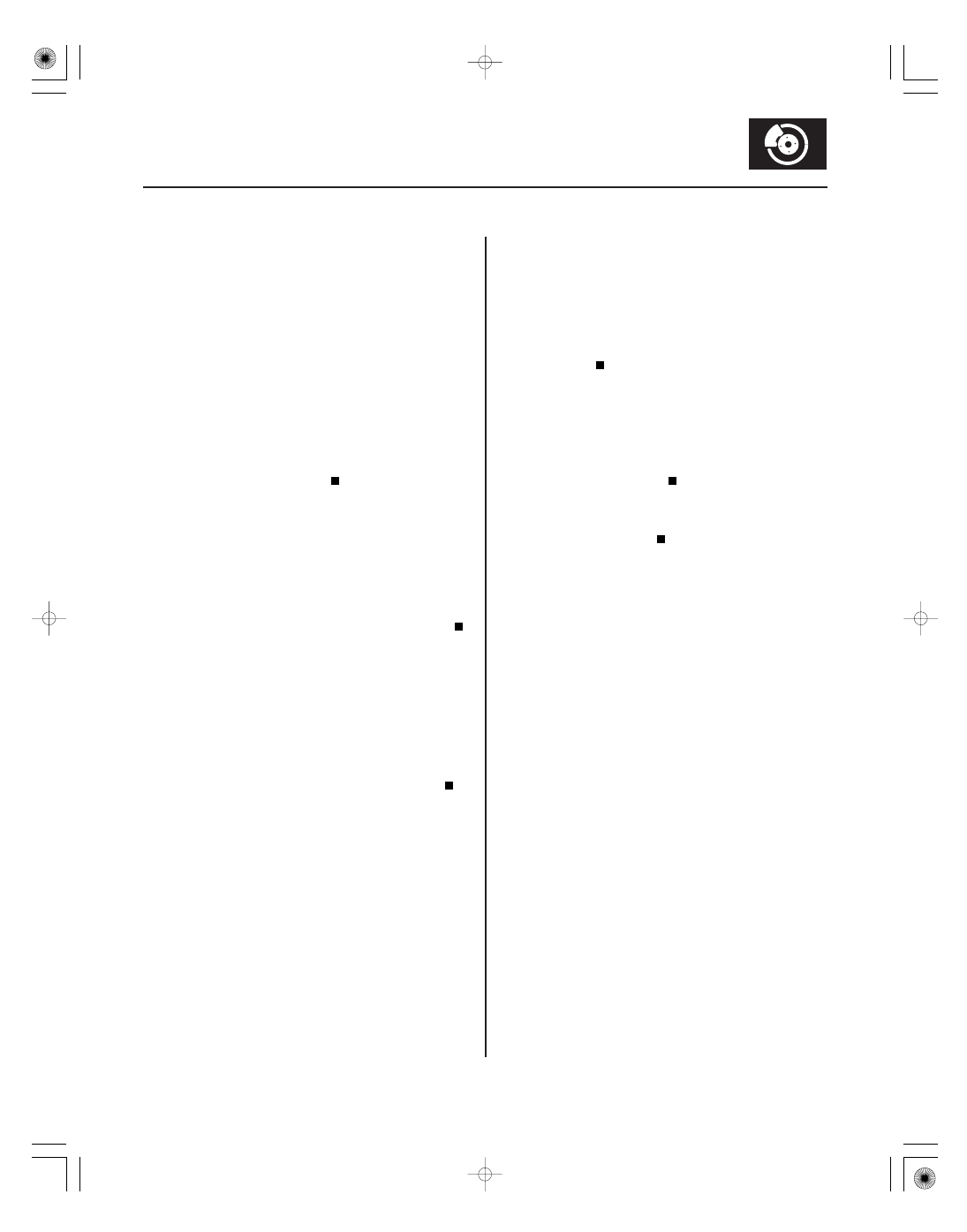Acura RSX Honda Integra. Manual - part 352

S6M6A00D14300000000FAAT01
−
−
−
−
−
−
−
−
−
−
Rapid brake pad wear, vehicle vibration
(after a long drive), or high hard brake pedal
YES
NO
YES
NO
YES
NO
YES
NO
YES
NO
19-5
Symptom Troubleshooting
1. Drive the vehicle until the brakes drag or until the
pedal is high and hard. This can take 20 or more
brake pedal applications during an extended test-
drive.
2. With the engine running, raise the vehicle on a lift,
and spin all four wheels by hand.
Go to step 3.
Look for other causes of the pad wear, high
pedal, or vehicle vibration.
3. Turn the engine off, pump the brake pedal to
deplete the vacuum in the brake booster, and then
spin the wheels again to check for brake drag.
Go to step 4.
Replace the brake booster (see page 19-19).
4. Without removing the brake lines, unbolt and
separate the master cylinder from the booster, then
spin the wheels to check for brake drag.
Go to step 5.
Check the brake pedal position switch
adjustment and pedal free play (see page 19-6).
5. Loosen the hydraulic lines at the master cylinder,
then spin the wheels to check for brake drag.
Go to step 6.
Replace the master cylinder (see page
6. Loosen the bleed screws at each caliper, then spin
the wheels to check for brake drag.
Disassemble and repair the caliper on the
wheel(s) with brake drag.
Look for and replace any damaged brake lines.
If all brake lines are OK, replace the ABS
modulator-control unit.
Is ther e br ake dr ag at any of the wheels?
Is ther e br ake dr ag at any of the wheels?
Is ther e br ake dr ag at any of the wheels?
Is ther e br ake dr ag at any of the wheels?
Is ther e br ake dr ag at any of the wheels?
05/06/27 18:18:55 61S6M040_190_0005
19-15).